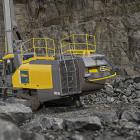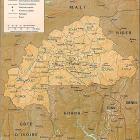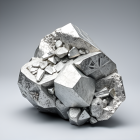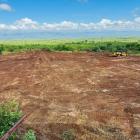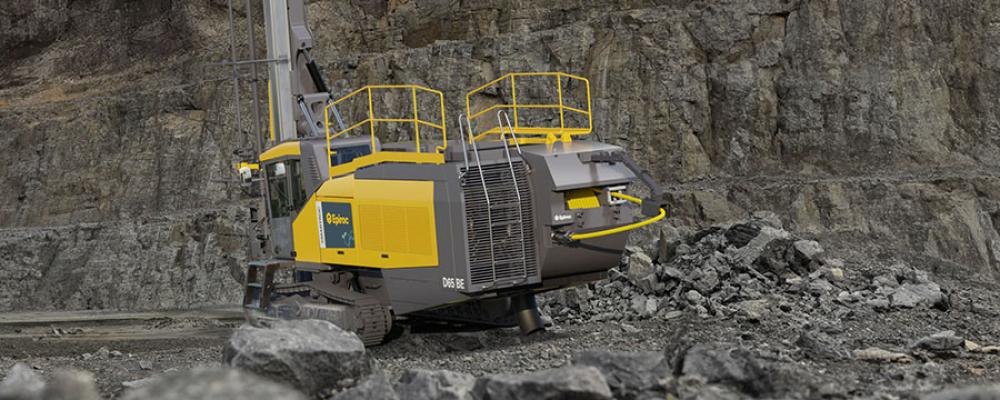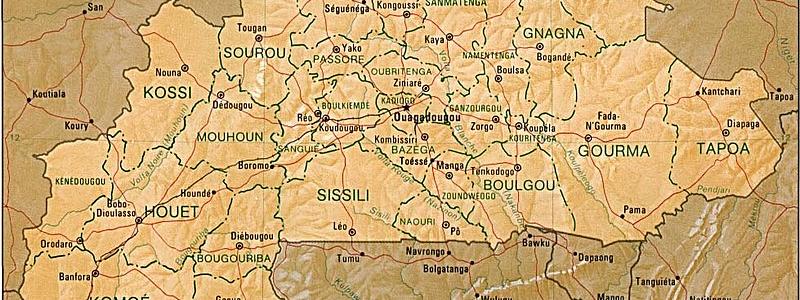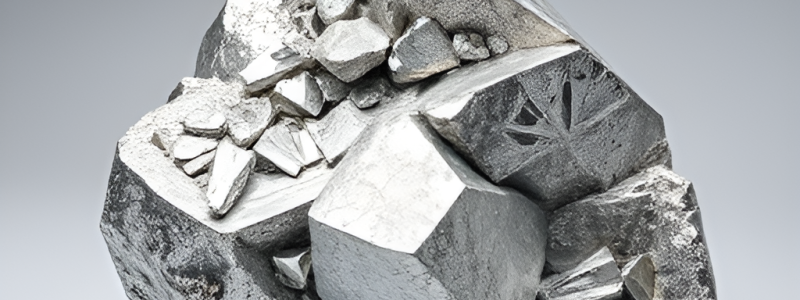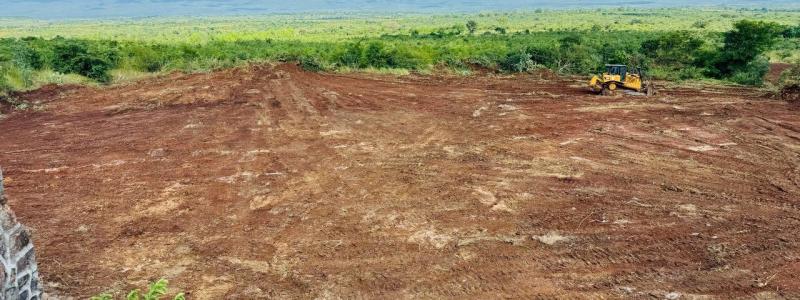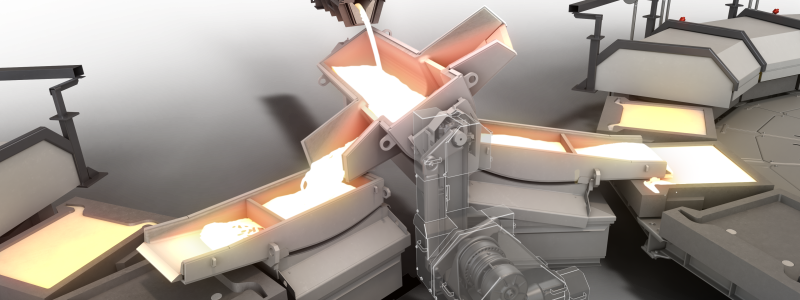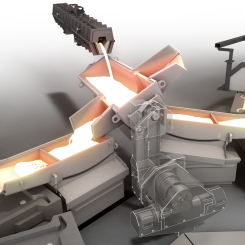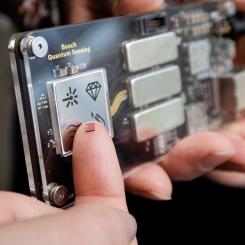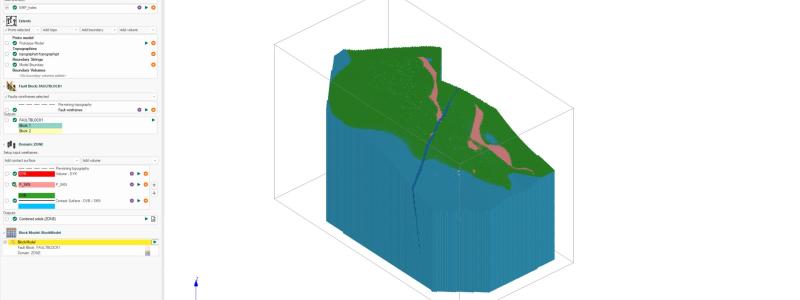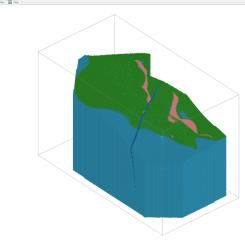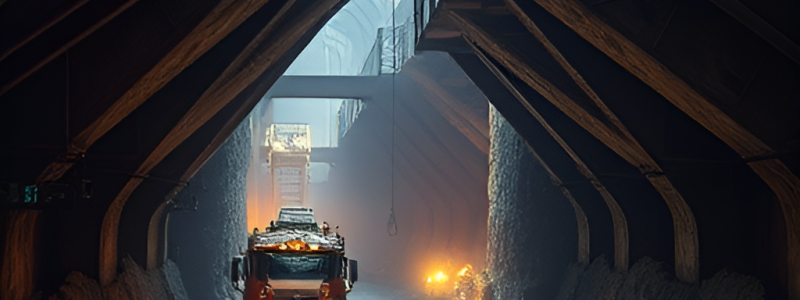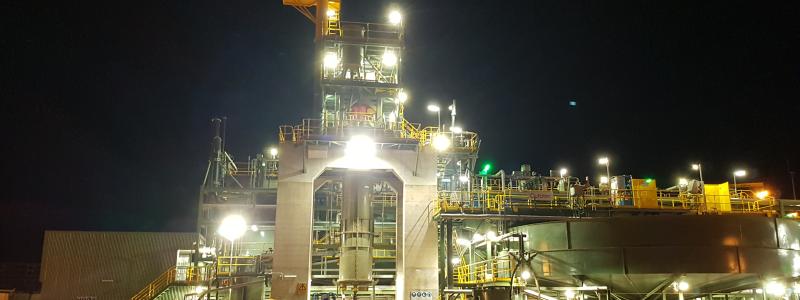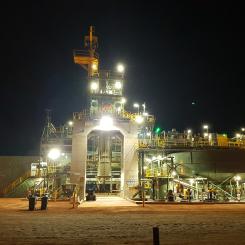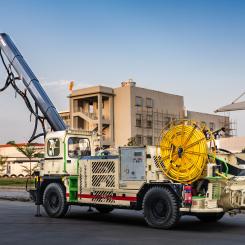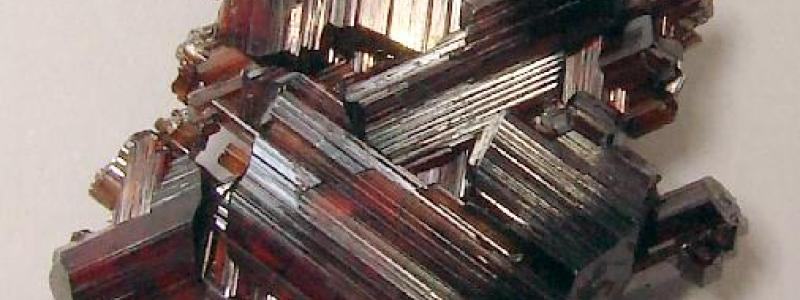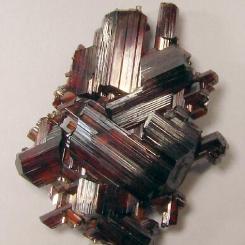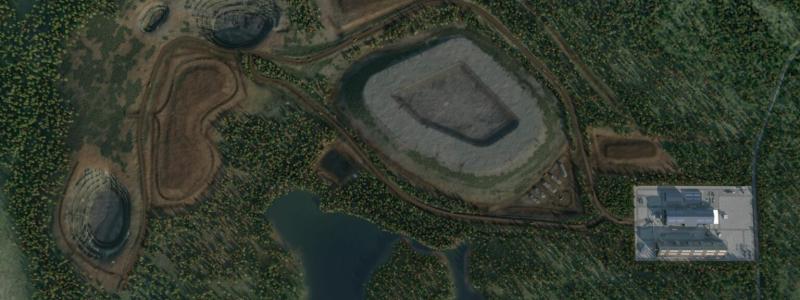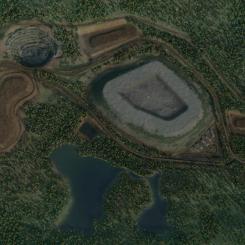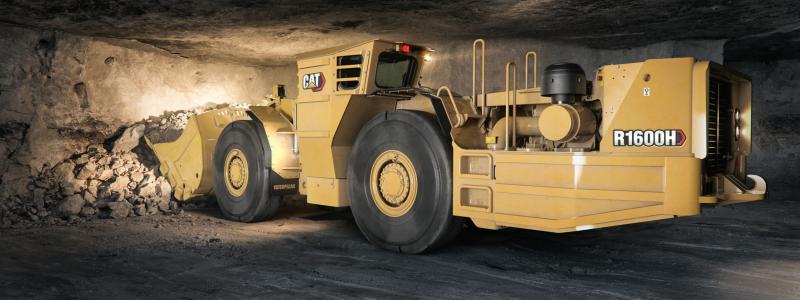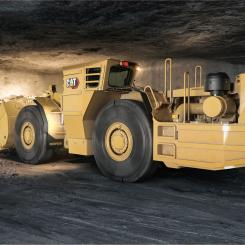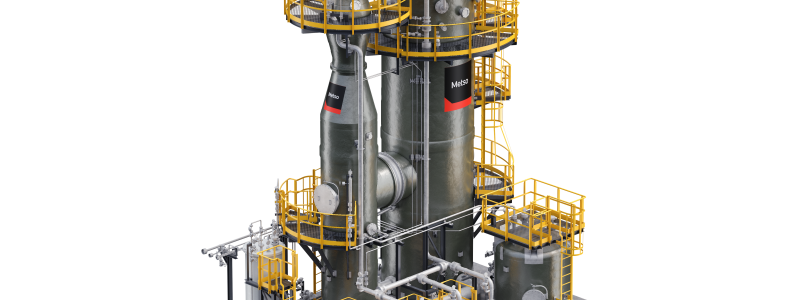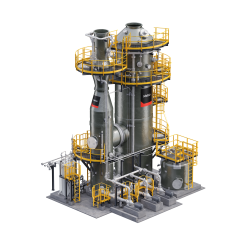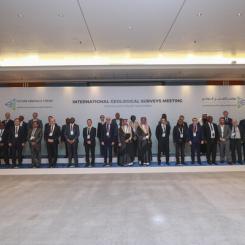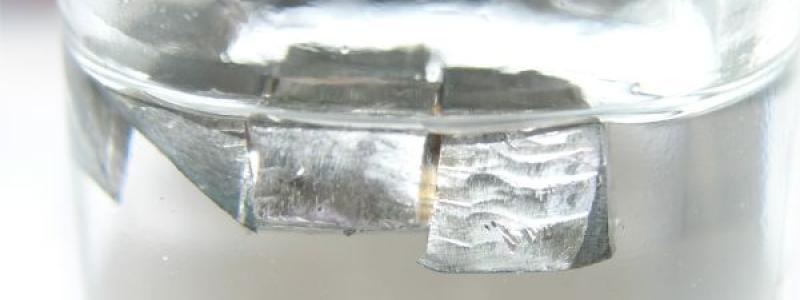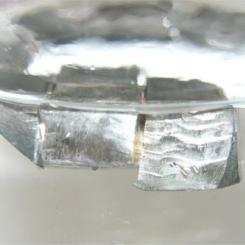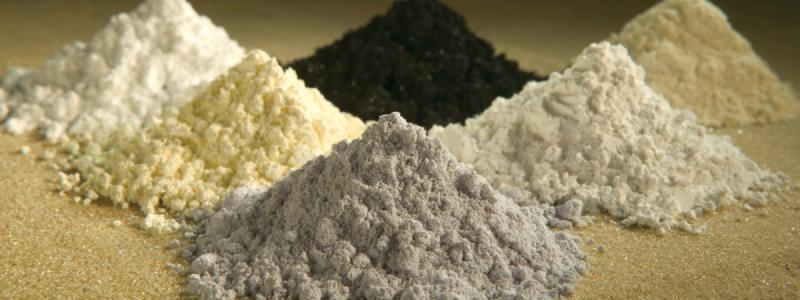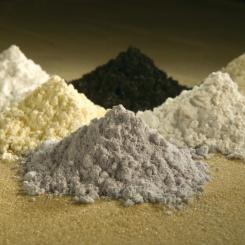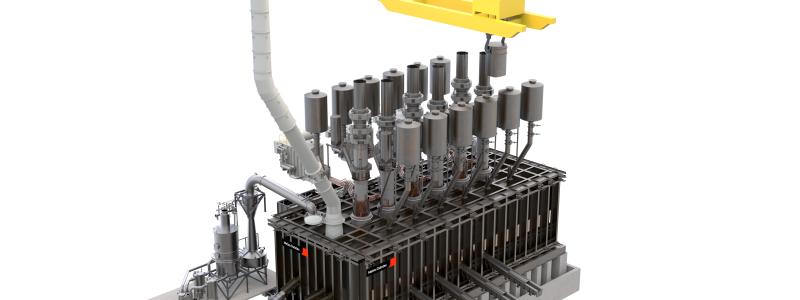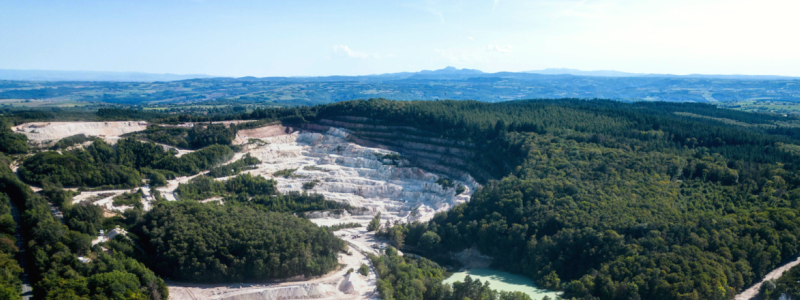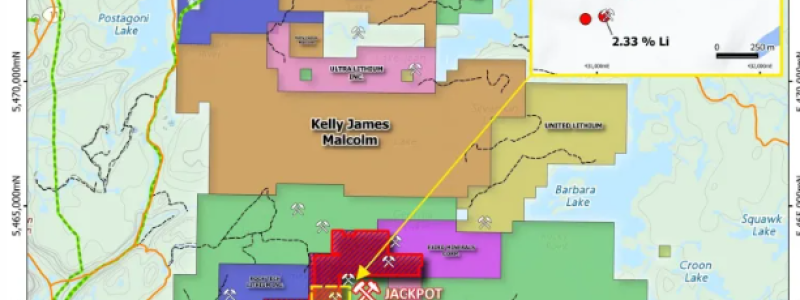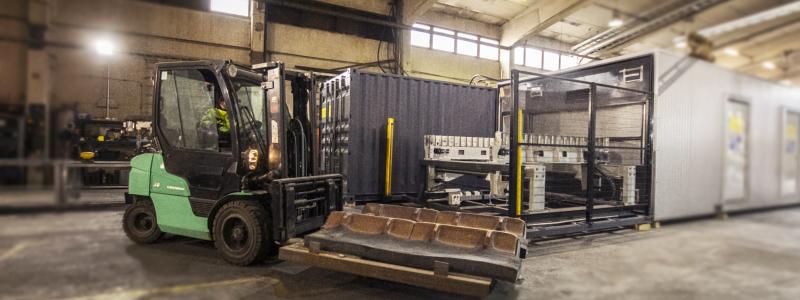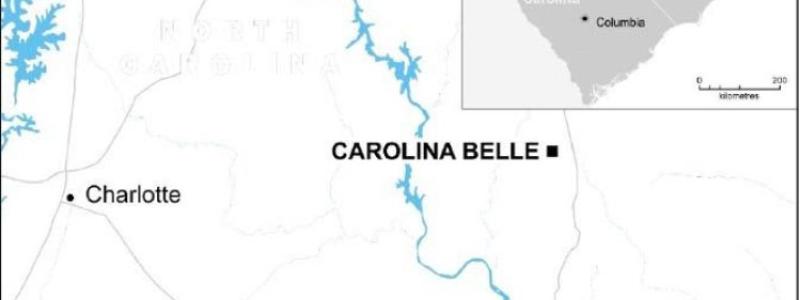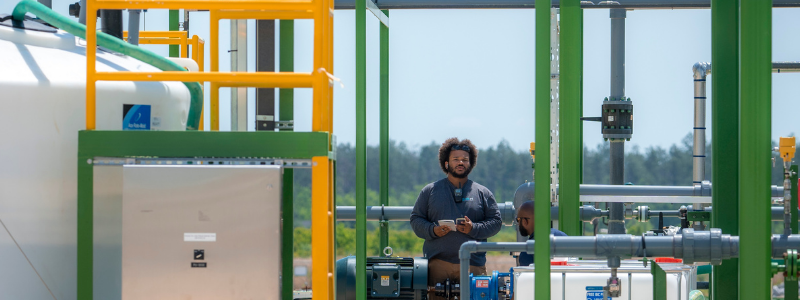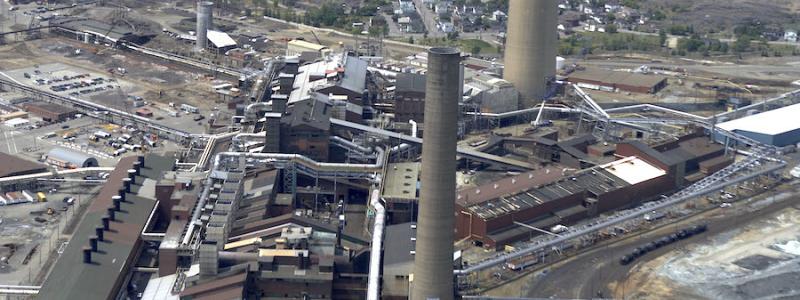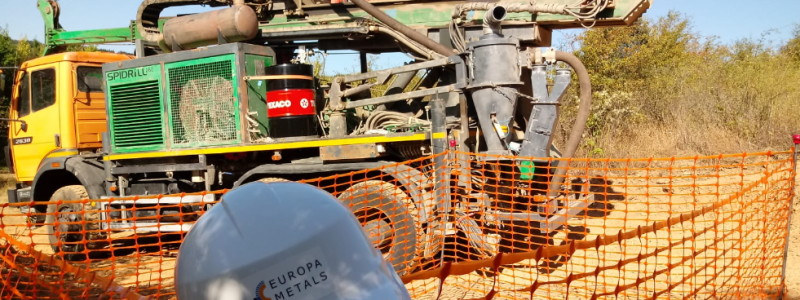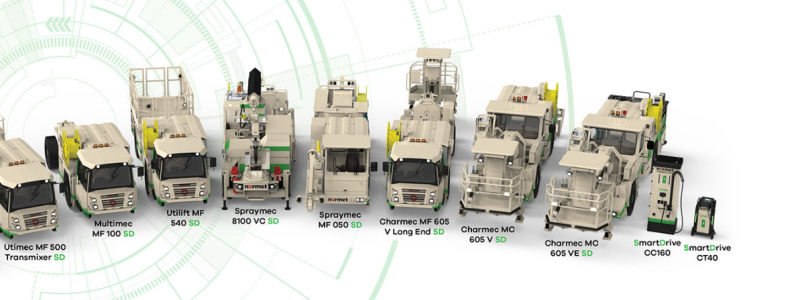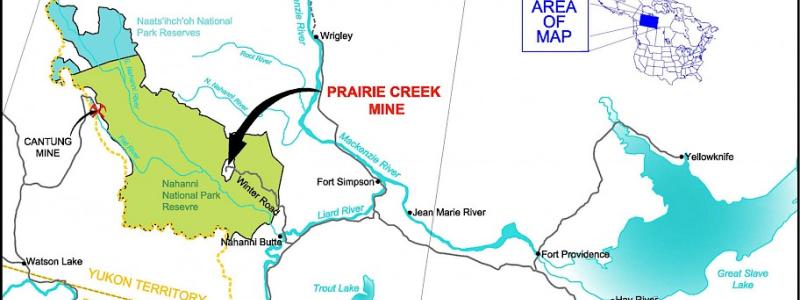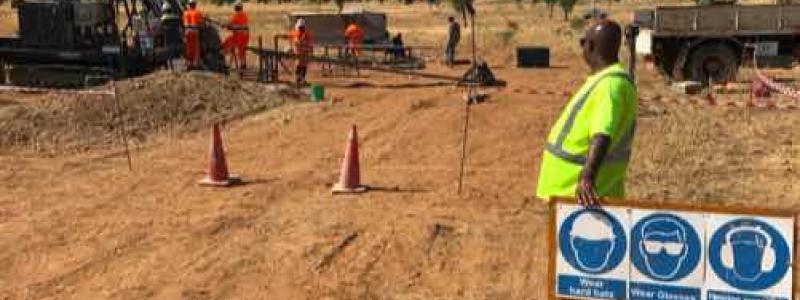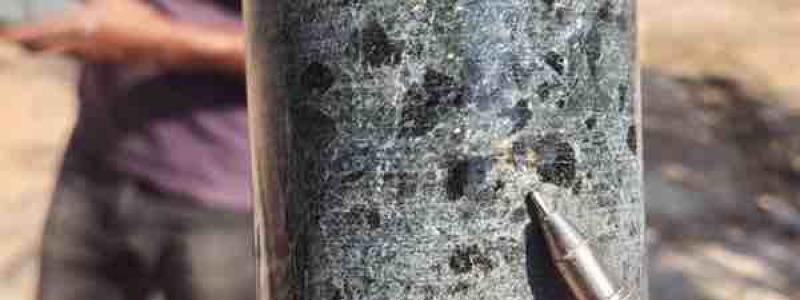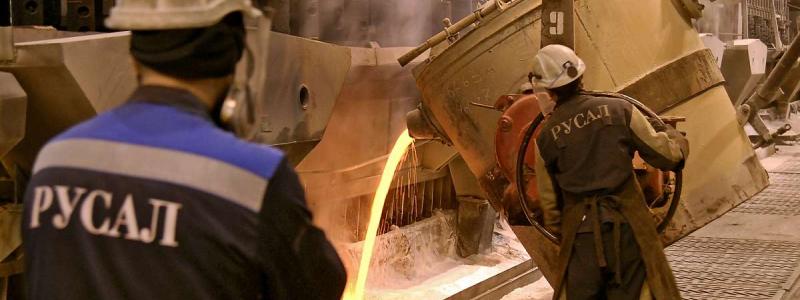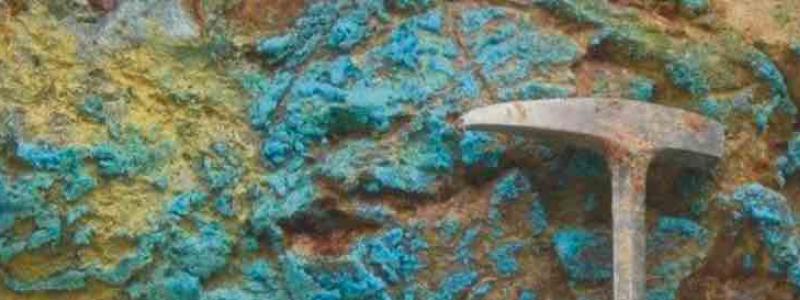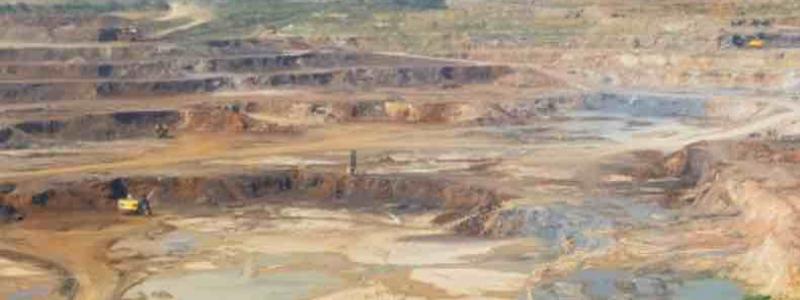Canada Cobalt announces that multi-directional diamond drilling on the first level of the Castle Silver-Cobalt mine is expanding the footprint of massive cobalt, nickel and silver mineralization near the adit entrance where drilling last year returned high grades (refer to Nov. 2, 2018 news release).
A total of 13 drill holes have already been completed in the adit entrance area with visible mineralization noted in a majority of them. Niton XRF (X-ray fluorescence) analysis of these new holes is consistent with values reported Nov. 2, 2018, in sections over a broad area as drilling fans out to fully test the continuity of the main vein. This near vertical vein extends for a minimum of 80 meters from the adit entrance and also features sub parallel veins.
Multiple prospective areas of the first level, which extends for hundreds of meters east-west and north-south, will be tested during this second phase of underground drilling including the newly-discovered "Jackpot" zone near Shaft No. 3 that was inaccessible last year.
Cobalt grades intersected in the Castle mine, previously only exploited for its native silver, are considered very high in a global context. From the same Castle waste material, Canada Cobalt has poured initial silver dore bars while its proprietary and environmentally friendly Re-2OX Process has demonstrated the ability to remove 99% of the arsenic to produce a battery grade cobalt sulphate (refer to Aug. 15, 2018 news release).
Canada Cobalt is now permitted to carry out underground blasting at Castle which will greatly assist the company's exploration efforts during this new phase of drilling.
Compelling new geological interpretations are emerging regarding deposit potential east and northeast of Castle and the Gowganda Camp's two other past producing high-grade silver mines, Capitol and Siscoe, all located within a radius of less than two kilometers. These mines were at the narrow, shallow edge of the Nipissing diabase, and the Archean rocks to the east and the deeper parts of the Nipissing diabase (both recently shown to be very fertile) were never systematically explored.
Canada Cobalt's surface drilling in the summer and fall of 2018 outlined a robust near-surface hydrothermal system with multi-gram gold-bearing quartz veins and a halo of disseminated nickel and copper mineralization in Archean volcanics in between the Siscoe mine, several hundred meters to the west, and a 2011 drill hole that has yet to be followed up on. This drill hole pushed through the Archean volcanics and entered the Nipissing diabase (gabbro), cutting a remarkable 40,944 grams per tonne silver (1,194 ounces per ton) as well as 0.91% cobalt over 0.45 meters within a broader core length of 3.1 meters grading 6,476 g/t silver (189 ounces per ton) and 0.14% cobalt (refer to Aug. 25, 2011 news release, Granada Gold) at a vertical depth of approximately 420 meters.
Plans are underway for fresh drilling at Castle East to follow up on the high-grade discovery potential of this area.

